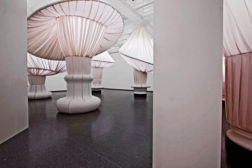Articles by Laura Raskin
Center for Global Conservation
An office building in the Bronx Zoo seems as natural to the site as the surrounding parkland and accommodates multiple programs with minimal resources. Staring out the window is part of the job description.
Read More
Copyright ©2024. All Rights Reserved BNP Media.
Design, CMS, Hosting & Web Development :: ePublishing

